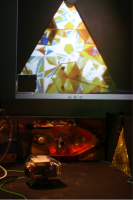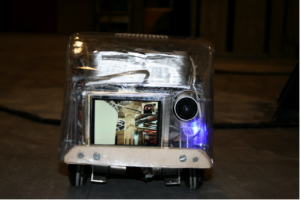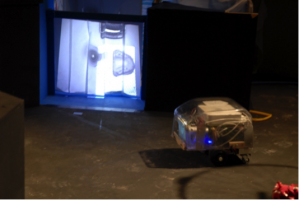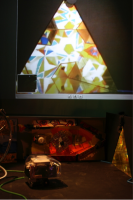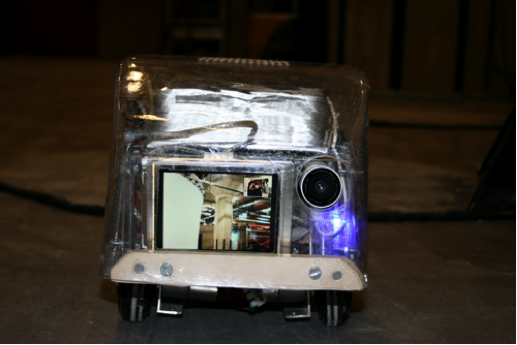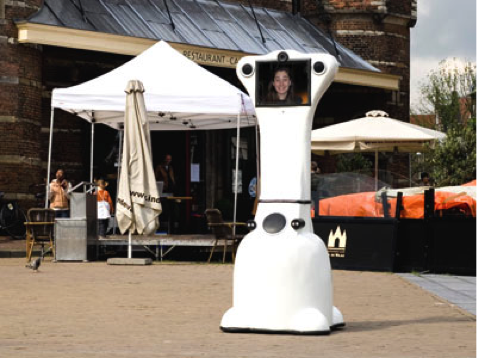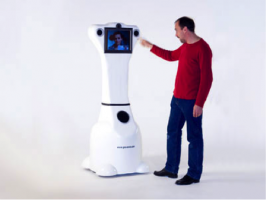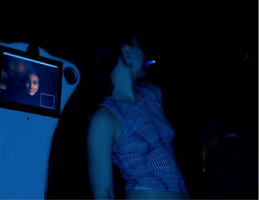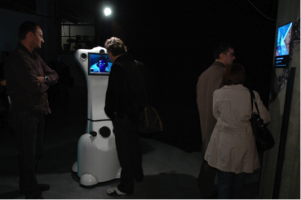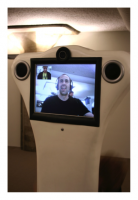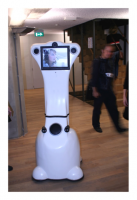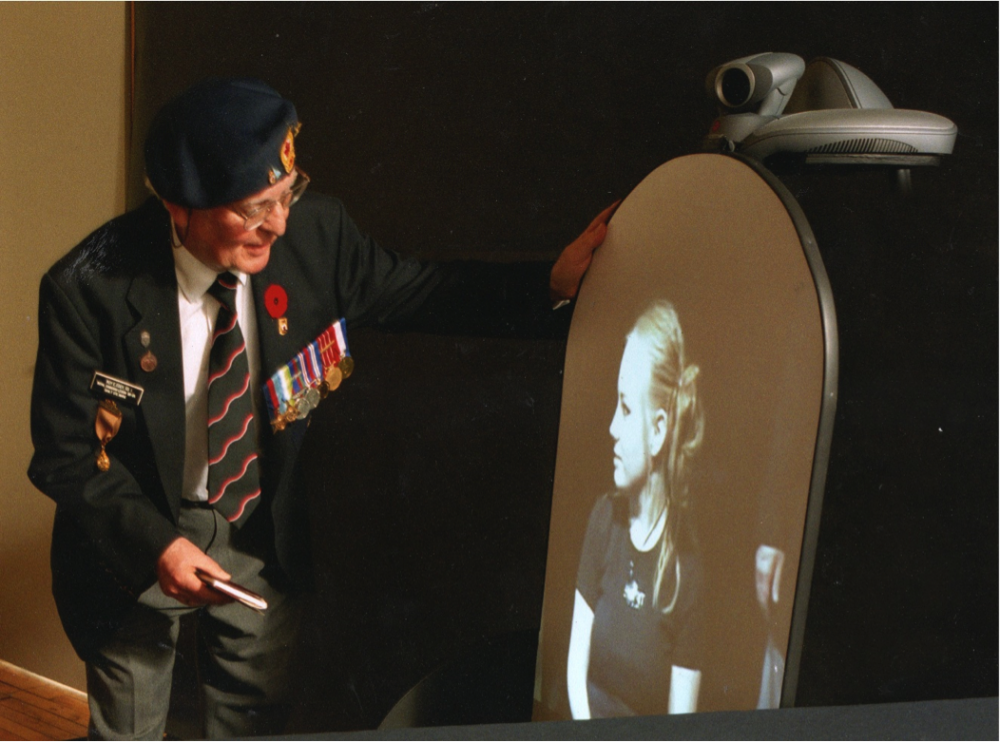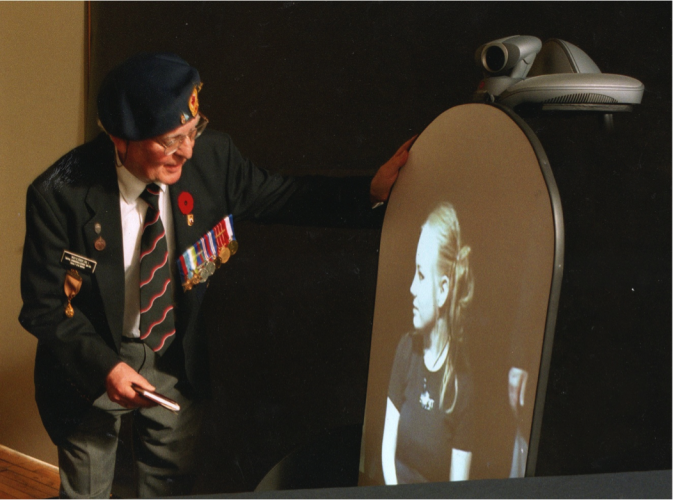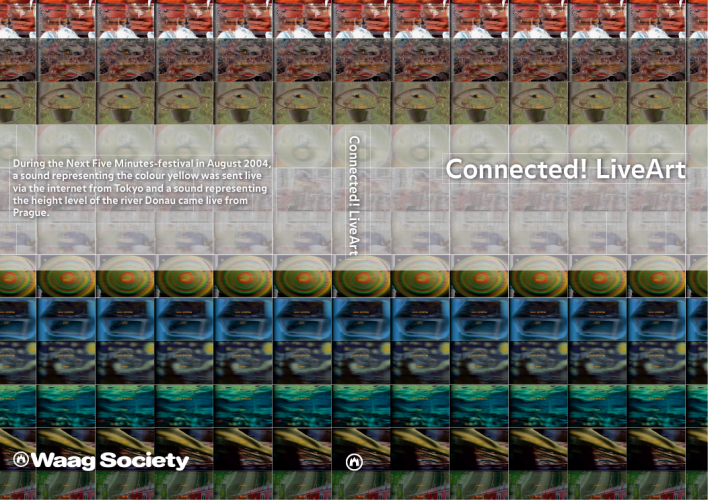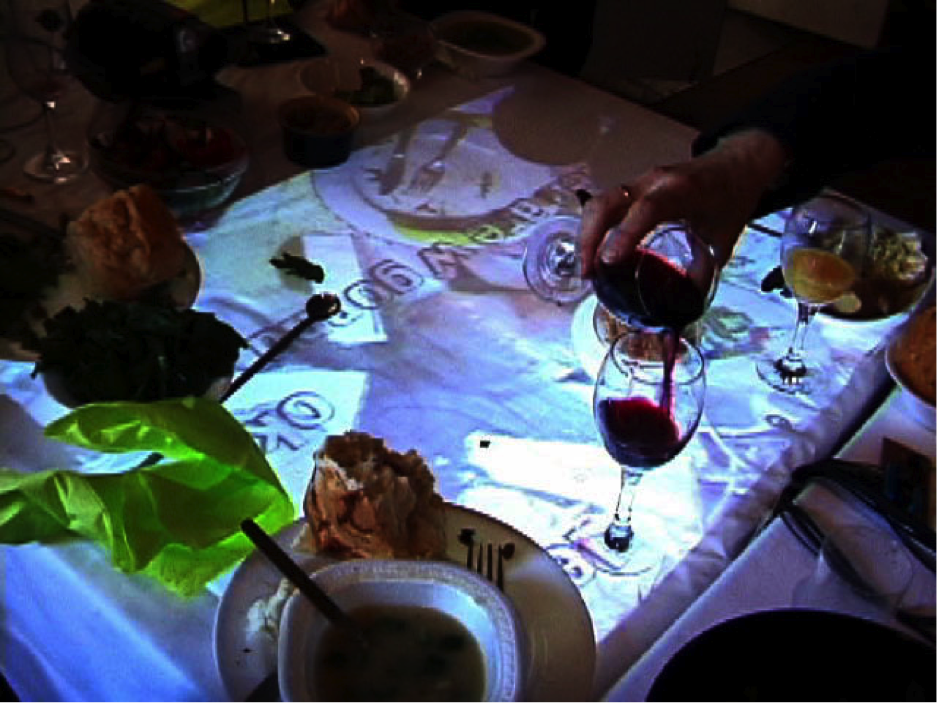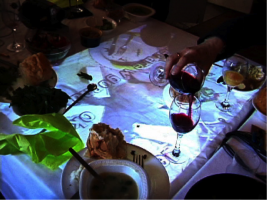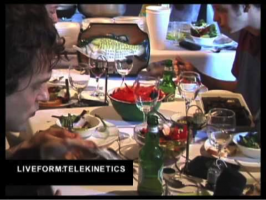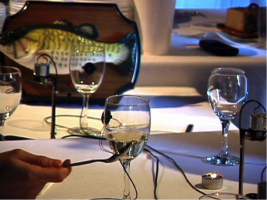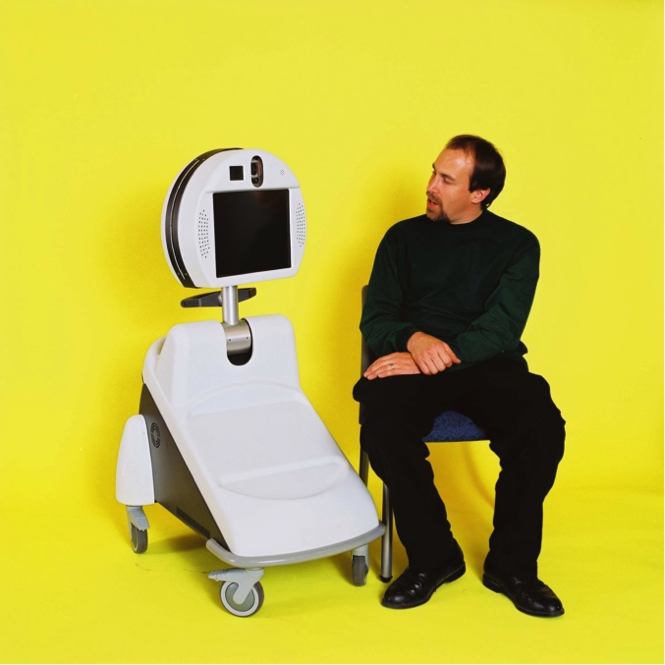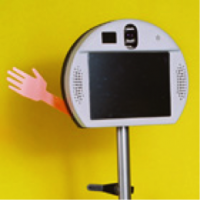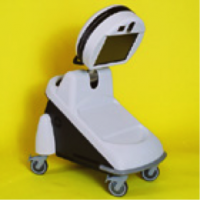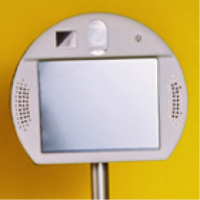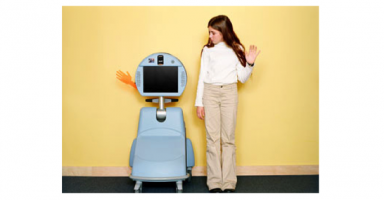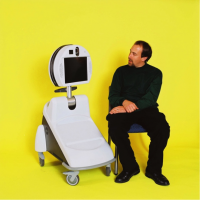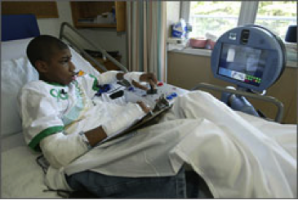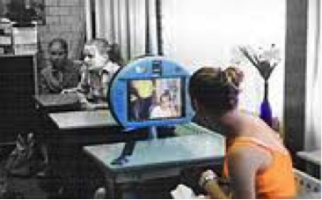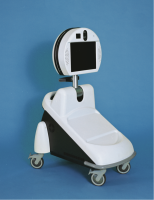DATE – 2007
DISCIPLINE – Art
MEDIUM – Telepresence robotic installation
STATUS – Displayed at DEAF 2007 in Rotterdam, Netherlands
As science shrinks machines to ever smaller dimensions and the evolution of nanotechnology becomes more refined our human perception of what a machine is will change radically. Due to the unique ability of nanotechnology to restructure itself on a microscopic level, we may find that our mechanical and architectural creations begin to resemble the organic more than the mechanic. Just as plants grow and alter there structures over time our machines, buildings and environments may in the future reconfigure themselves based on environmental and programming influences. Our cities will then become alive in a real sense as they will change and evolve in ways that more resemble the growth in a forest. This new urban landscape, filled with transforming machines and architectural forms in motion, is the thematic foundation of the MORPHING MACHINERY exhibition.
CYBERCITY RUHR
Anja Bardey
Christina Smith
Graham Smith
INSTRUCTORS
Rob Dielissen
Robbert Smit
Graham Smith
WDKA STUDENTS
Joost Bakkes
Michael Baks
Rick van den Berg
Suzan Dahmen
Noel Deelen
Elisabeth van Dijke
Mathijs van Geest
Teun de Graaf
Annemarie Hooghuis
Tarek Khalel
Dico Kruijsse
Sandy Mendes
Jero van Niewkoop
Erik Overmeire
Sander van der Pol
Afshin Shahidi
Dander Struik
Martine Taks
Hiko Uenura
Quin de vreede
Mariska Vogel
Lee Wessels
Kris van der Werve
Weronika Zielinski
